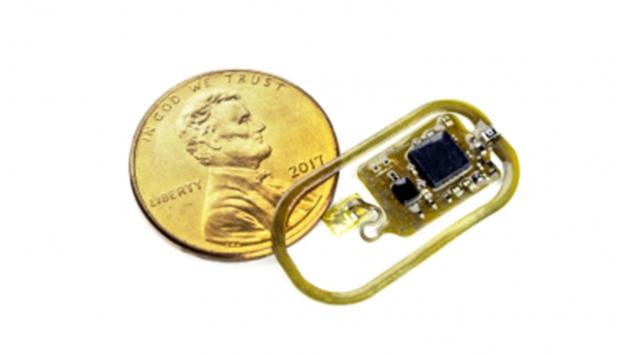
Breaking News
 LIVE ELECTION RESULTS: New York mayor, NJ & VA governor, Prop 50, Trump endorsements, latest vote
LIVE ELECTION RESULTS: New York mayor, NJ & VA governor, Prop 50, Trump endorsements, latest vote
 Sen. Markwayne Mullin Reveals Schumer Held Secret BACKROOM MEETING...
Sen. Markwayne Mullin Reveals Schumer Held Secret BACKROOM MEETING...
 RIP NYC - Muslim Communist Zohran Mamdani Wins New York City Mayoral Race
RIP NYC - Muslim Communist Zohran Mamdani Wins New York City Mayoral Race
 Dramatic Footage Shows UPS Cargo Jet Crashing At Louisville Airport
Dramatic Footage Shows UPS Cargo Jet Crashing At Louisville Airport
Top Tech News
 Japan just injected artificial blood into a human. No blood type needed. No refrigeration.
Japan just injected artificial blood into a human. No blood type needed. No refrigeration.
 The 6 Best LLM Tools To Run Models Locally
The 6 Best LLM Tools To Run Models Locally
 Testing My First Sodium-Ion Solar Battery
Testing My First Sodium-Ion Solar Battery
 A man once paralyzed from the waist down now stands on his own, not with machines or wires,...
A man once paralyzed from the waist down now stands on his own, not with machines or wires,...
 Review: Thumb-sized thermal camera turns your phone into a smart tool
Review: Thumb-sized thermal camera turns your phone into a smart tool
 Army To Bring Nuclear Microreactors To Its Bases By 2028
Army To Bring Nuclear Microreactors To Its Bases By 2028
 Nissan Says It's On Track For Solid-State Batteries That Double EV Range By 2028
Nissan Says It's On Track For Solid-State Batteries That Double EV Range By 2028
 Carbon based computers that run on iron
Carbon based computers that run on iron
 Russia flies strategic cruise missile propelled by a nuclear engine
Russia flies strategic cruise missile propelled by a nuclear engine
 100% Free AC & Heat from SOLAR! Airspool Mini Split AC from Santan Solar | Unboxing & Install
100% Free AC & Heat from SOLAR! Airspool Mini Split AC from Santan Solar | Unboxing & Install
Wireless sensor grows into bone to monitor health data in real-time

The new devices, which the team calls osseosurface electronics, contain an array of sensors packed into a flexible package about the size of a penny and as thick as a piece of paper. They can wirelessly transmit data about the bones out to a smartphone or other device. And they don't need a battery to run – instead, power can be beamed in from the outside using near-field communication (NFC).
To keep it attached to the bone long-term, the team created an adhesive that contains calcium phosphate ceramic particles, which allows the bone to actually grow onto it. This bonds the device permanently to the bone, rather than having it come loose when the outer layers shed off in time.
The osseosurface electronics are designed to be thin enough that they won't irritate the muscles moving over the top of them. Eventually it is hoped devices like these could be implanted in people with conditions like osteoporosis, to provide long-term monitoring of their bone health. Or they could help after a break or fracture, to allow doctors to watch how the bone heals.
"Being able to monitor the health of the musculoskeletal system is super important," says Philipp Gutruf, co-senior author of the study. "With this interface, you basically have a computer on the bone. This technology platform allows us to create investigative tools for scientists to discover how the musculoskeletal system works and to use the information gathered to benefit recovery and therapy."
The team has tested the device in animals, showing that they can be implanted into small and large animal models, and real-time data can be read out with a smartphone. It's still very early days for the research, and just how practical it might turn out to be is still very much up in the air. But it's intriguing work nonetheless.



